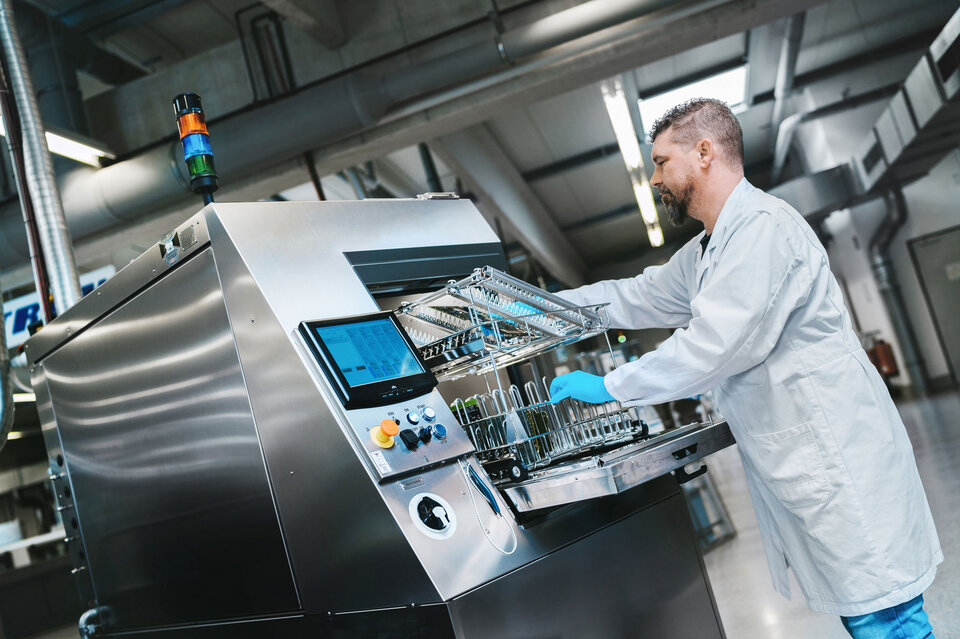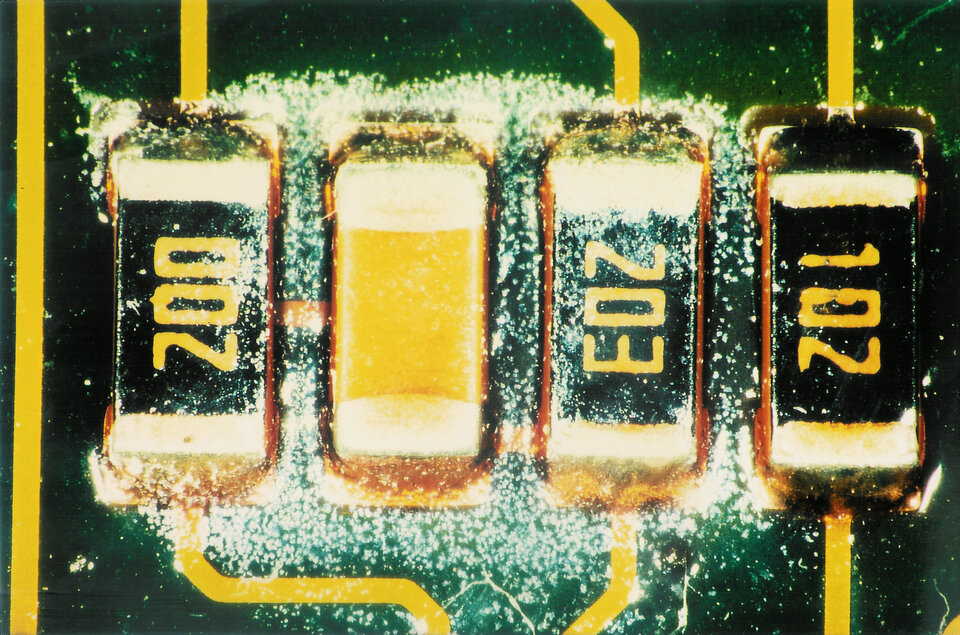Excessive Foam Formation in the PCB Cleaning Process
Possible Causes and Potential Solutions
Challenges & solutionsExcessive Foam Formation in the PCB Cleaning Process
During the PCB cleaning process, a common issue often arises: excessive foam formation. While minor foam is generally harmless, it becomes critical when it reaches an uncontrolled level. This can lead to undesirable consequences such as overflowing of the cleaning tank or chamber, disrupting the smooth operation of the cleaning process. Excessive foam not only impairs the effectiveness of rinsing but can also result in problematic residues such as white residues or ionic contamination on the PCBs.
Discover possible causes and solutions for excessive foam formation in the PCB cleaning process.
01 | Dosage Error and Water Ingress
Excessive foam in cleaning systems arises from factors such as incorrect dosage of cleaning agents, excessive water in the cleaning tank, or water ingress into the cleaning tank due to equipment defects. Too much water in the cleaning tank dilutes the cleaning agent, promotes stable foam formation, and hampers the cleaning process. The intensity of foam depends on the composition of the cleaning agent.
Excessive foam can diminish cleaning performance, cause incomplete cleaning, and leave residues on PCBs. It is crucial to identify this problem and take countermeasures to ensure effective cleaning.
02 | Improper Combination and Air Bubbling
Incorrect cleaner-flux combination also leads to excessive foam. Therefore, always choose an appropriate cleaner for the flux!
Another cause is enhanced foam formation due to "Air Bubbling," causing the cleaning tank to overflow. This is dependent on the equipment and should be considered during process evaluation.
Hence, regular monitoring of flux concentration and optimized control of air entry are essential measures against excessive foam and ensuring effective cleaning.
from practiceNew Flux Causes Foam Formation
In the daily operation of a customer's facility running at full capacity, a significant issue arose: excessive foam formation. To address the problem, a complete process refill was initially performed in the hope of improvement. Unfortunately, foam formation remained unchanged. Subsequently, the customer decided to send a bath sample to ZESTRON for a more detailed examination.
After a thorough analysis of the bath sample by ZESTRON, the cause of foam formation was identified: the customer had recently switched to a new flux, which was now reacting with the cleaning medium, leading to excessive foam formation. To solve the problem, ZESTRON recommended the use of a new cleaner that better harmonized with the current flux.
By using the recommended new cleaner, the customer successfully resolved the foam issue. The combination of the appropriate cleaner and flux resulted in more effective cleaning without excessive foam. This solution contributed to ensuring smooth operation of the cleaning facility at the customer's full capacity.
03 | Foam Formation in Rinse Water
Low cleaner concentration affects foam formation in rinse water. The composition of the cleaning agent and foam stability play a role in how quickly the foam dissipates.
High water exchange in the system reduces the risk of foam. However, cleaning and rinsing in the same chamber, especially at high loads, increase the risk of foam formation due to cleaning agent carryover.
Defoamers are an option for foam reduction. These chemical additives help control and can reduce potential foam formation.
04 | Incorrect Cleaner for the Process
Using the wrong cleaner can lead to issues such as excessive foam formation. An example of this is using a cleaner designed for immersion processes in a spray process. Note that not every cleaner is suitable for all cleaning processes.
Therefore, it is essential to conduct a careful examination to choose the appropriate cleaner. Inappropriate cleaners can cause unwanted foam and reduce cleaning efficiency. Before selecting a cleaner, it is advisable to seek expert advice to ensure it is optimal for the specific cleaning process and does not cause foam formation. This way, the cleaning system operates at its best, ensuring effective cleaning.
Avoid axcessive foam formationAre You Facing the Challenge of Setting Up a New Cleaning Process or Looking for a Solution to Your Current Problem?
Our Expert Team is ready to provide advisory support


